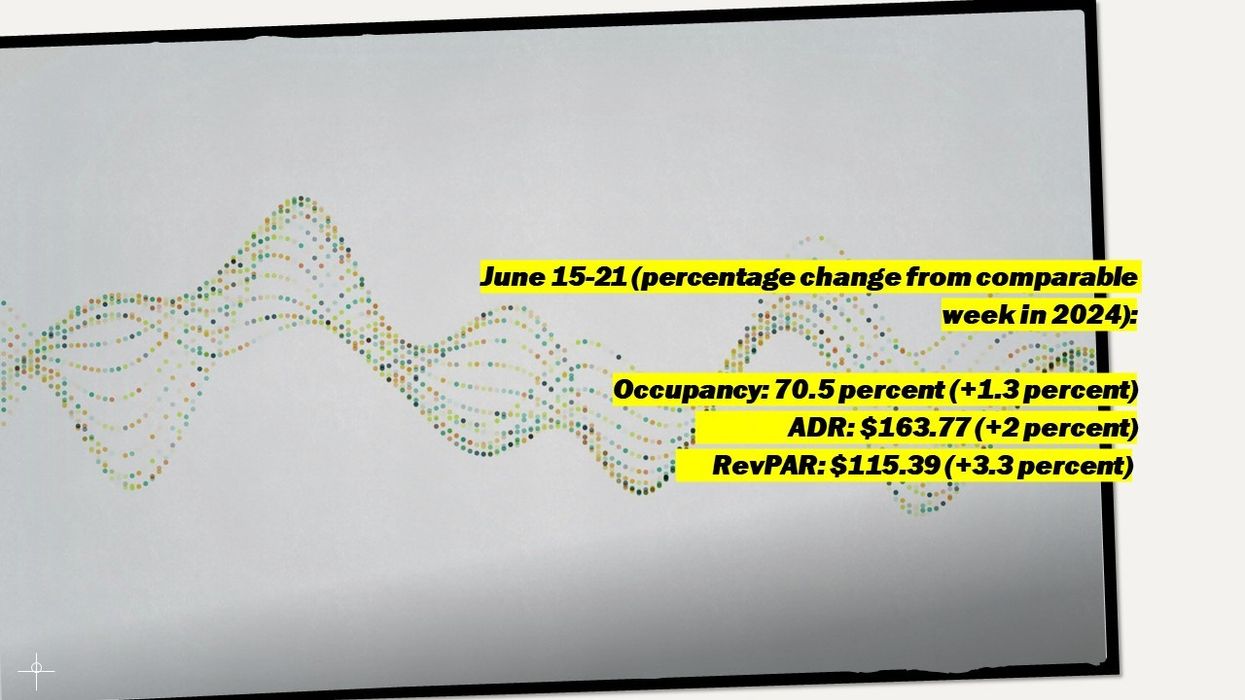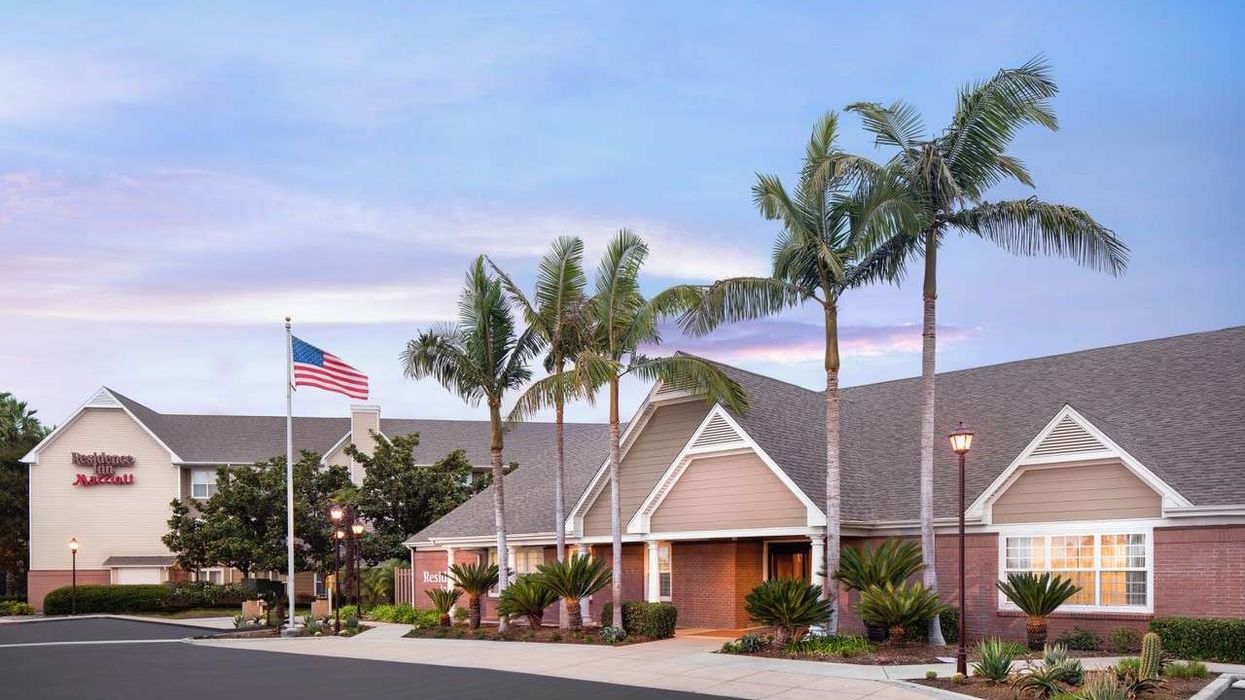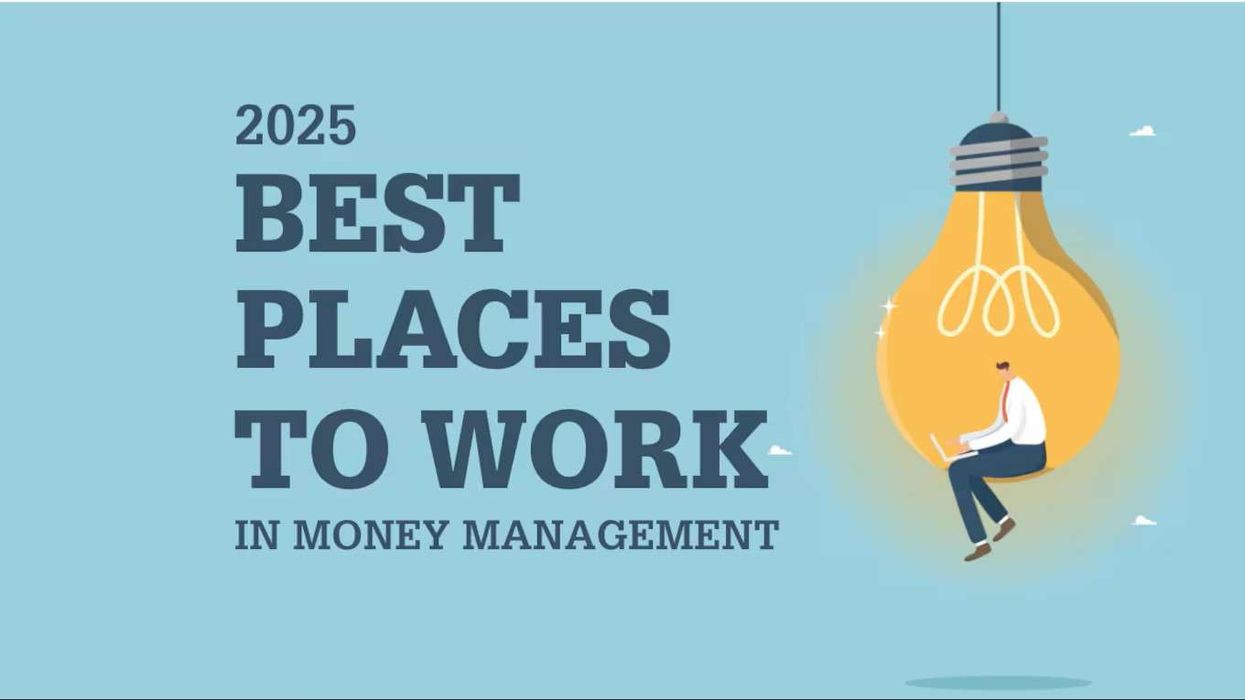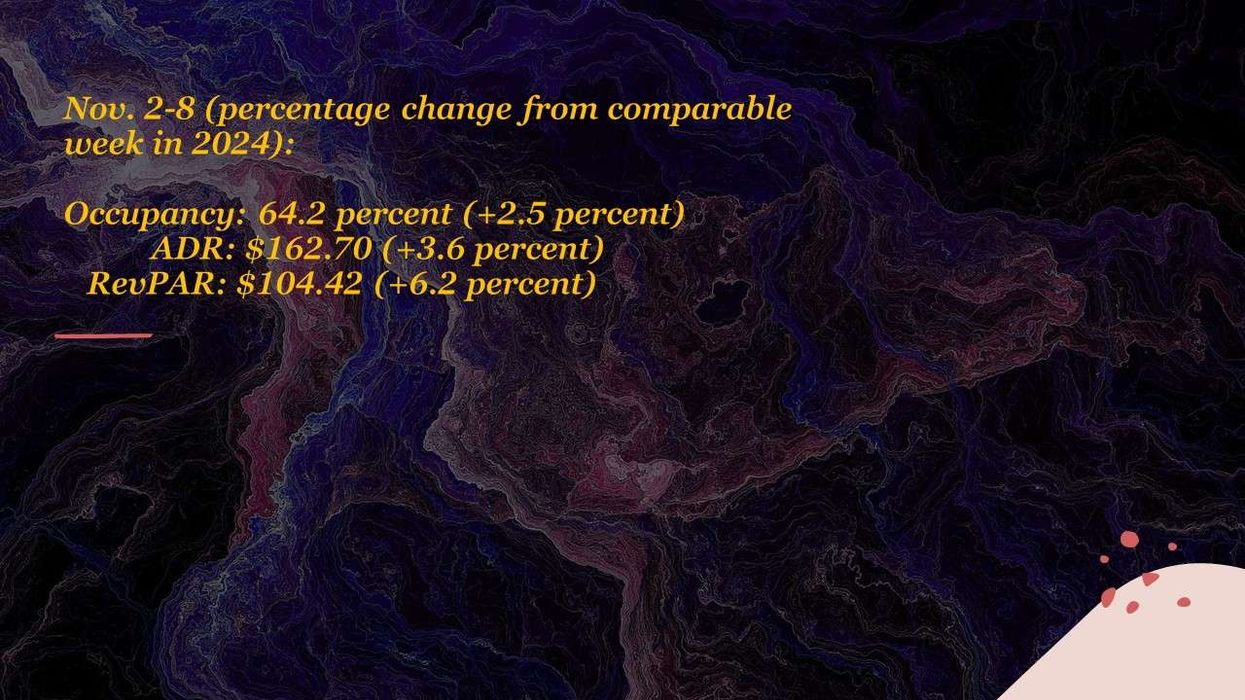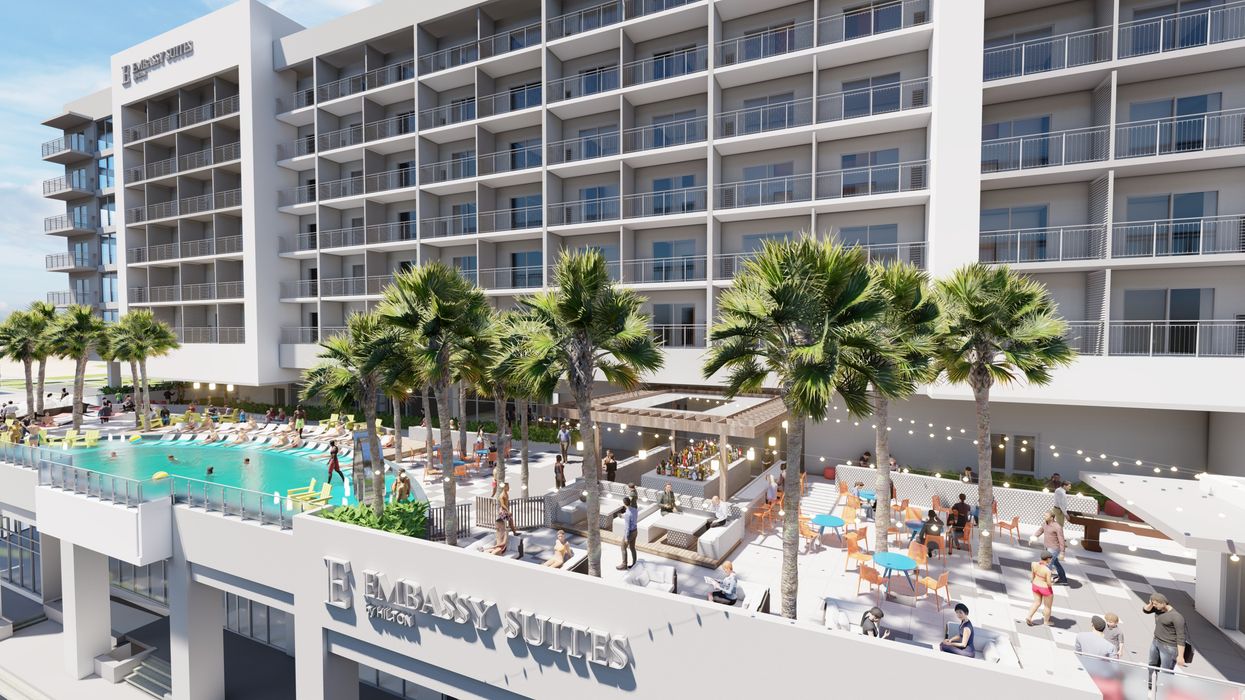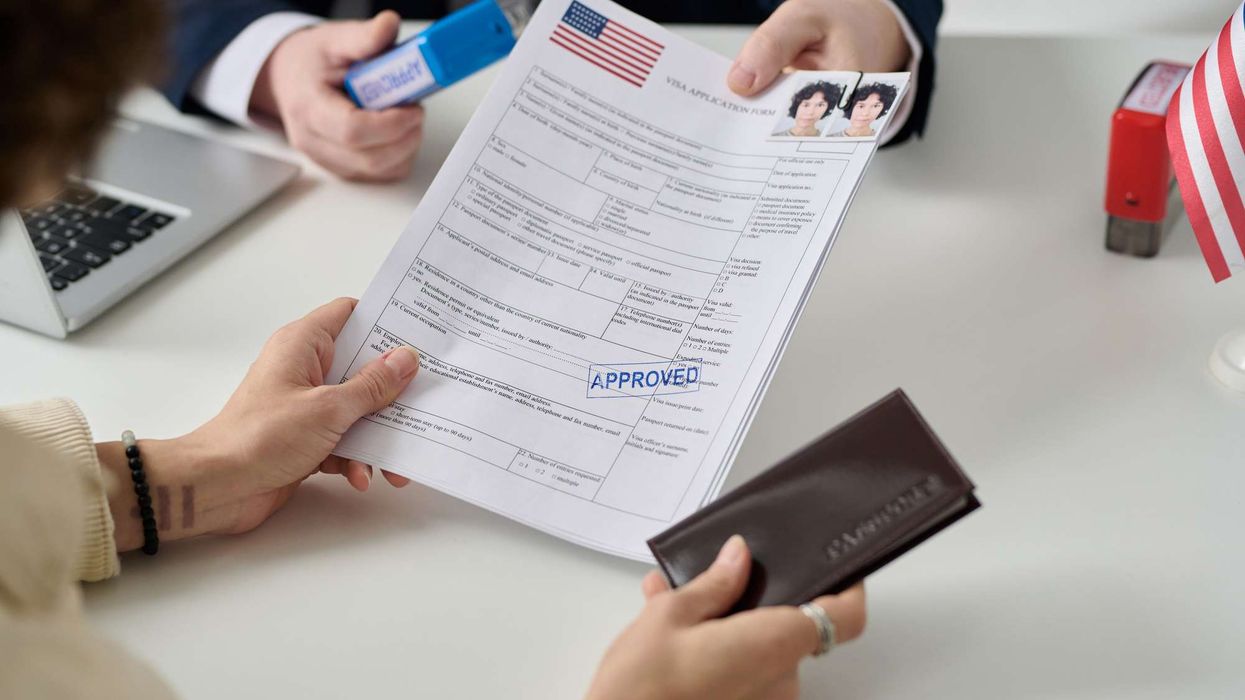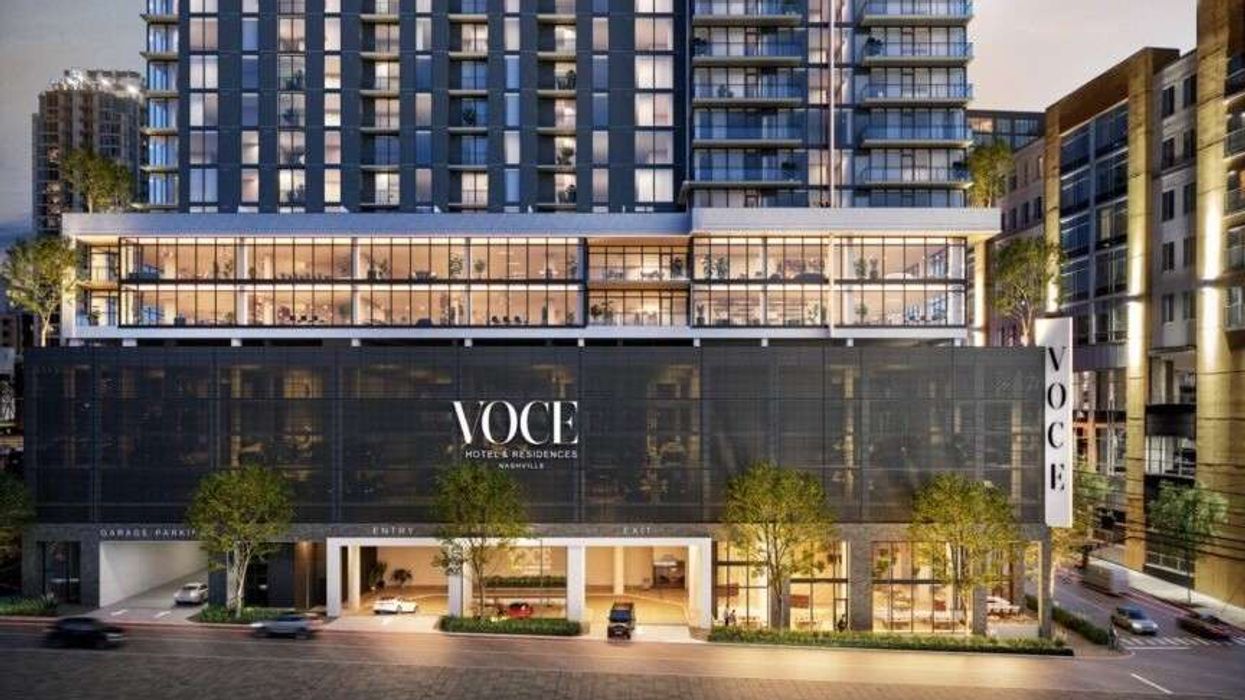- U.S. hotels posted weekly and annual gains for the week ending June 21.
- San Francisco led in year-over-year occupancy, up 17.2 percent to 72.2 percent, with RevPAR up 26.7 percent to $141.09.
- Las Vegas saw the steepest drops in occupancy and RevPAR.
U.S. HOTEL METRICS improved for the week ending June 21, with gains both week over week and year over year, according to CoStar. San Francisco led the top 25 markets in both occupancy and ADR growth versus the same week last year.
Occupancy increased to 70.5 percent for the week ending June 21, up from 68.6 percent the previous week and 1.3 percent higher than the same week last year. ADR rose to $163.77 from $163.44 the prior week, a 2 percent year-over-year gain. RevPAR increased to $115.39 from $112.11, up 3.3 percent year over year.
Among the top 25 markets, San Francisco reported the highest year-over-year occupancy increase, up 17.2 percent to 72.2 percent, along with a 26.7 percent rise in RevPAR to $141.09. Boston posted the largest ADR gain, up 17.7 percent to $276.12, which drove the second-largest RevPAR increase, up 24 percent to $228.61.
Las Vegas reported the largest decreases in occupancy and RevPAR, with occupancy down 12.6 percent to 69.5 percent and RevPAR falling 17.4 percent to $117.08.
